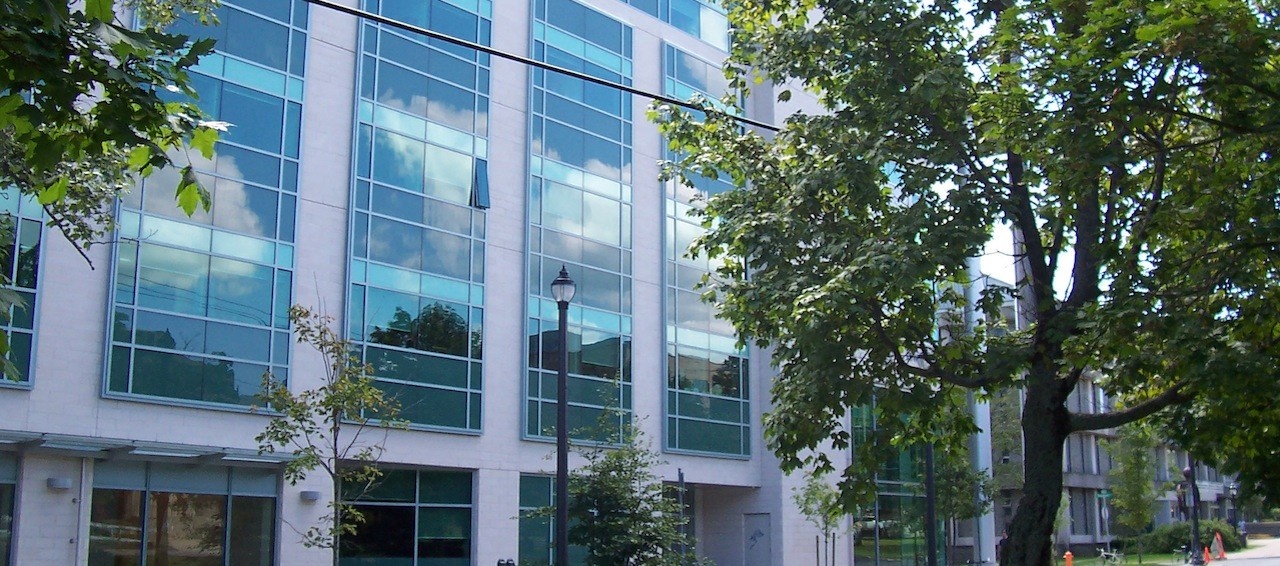News
» Go to news mainFirst assessment of its kind shows environmental impact of the full range of aquatic foods to help guide more sustainable production and diets
A landmark study co-authored by SRES faculty member Dr. Peter Tyedmers and two Master of Environmental Studies graduates Kathleen Mifflin and Robert Parker has shown what kind of toll the production of aquatic or blue foods has on the environment. This study also highlights the significant unfulfilled potential for aquaculture to become more sustainable.
The authors from Dalhousie and several other international institutes produced the most standardized assessment of the environmental pressures stemming from blue food production to date. It covers nearly three quarters of global production and draws on studies reporting data from more than 1,690 fish farms and 1,000 unique fishery records worldwide.
The paper finds that seaweeds and farmed bivalves, such as mussels and oysters, generate the fewest greenhouse gas and nutrient emissions and use the least land and water. Capture fisheries also result in few nutrient emissiona nd use limited land and water. Compared to farmed fish, however, the researchers found greenhouse gas emissions range from relatively low, for such species as sardines and cod, to relatively high for flatfish and lobsters.
“Our results highlight not only the large differences in environmental impacts between the major sources of blue foods across these environmental stressors but confirm the important role that many blue foods can play in reducing the impacts of human diets” says Peter Tyedmers.
This research fills gaps in previous studies on the environmental stresses associated with food production, which often exclude blue foods.
The research, titled “Environmental performance of blue foods” was on the five initial scientific papers published as part of the Blue Food Assessment. The full paper can be read at nature.com
Recent News
- Exploring Environmental Social Science: An Interview with Dr. Kate Sherren
- A Profile of Professor Emeritus Karen Beazley
- Dr. Michelle Adams and the Role of SRES in Environmental Sustainability
- Supporting Excellence: Behind the Scenes at SRES
- Professor Emeritus Dr. Peter Duinker: A Life Rooted in Trees and Environmental Stewardship
- Professor Emeritus Ray Cote: A Pioneer in Industrial Ecology and Environmental Management
- Professor Alana Westwood: Bridging Biology, Policy, and Sustainability
- Dr. Peter Tyedmers and the Role of SRES in Environmental Research
